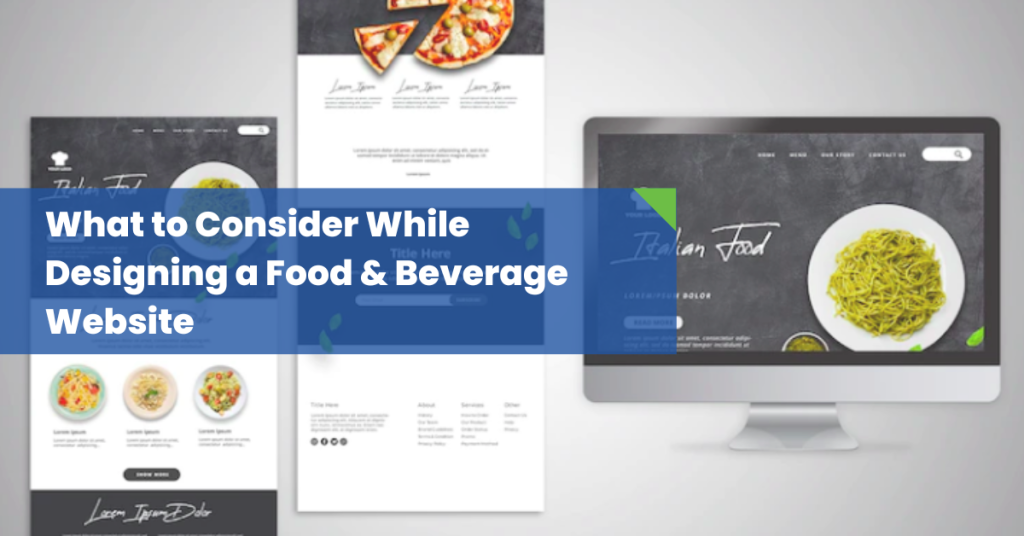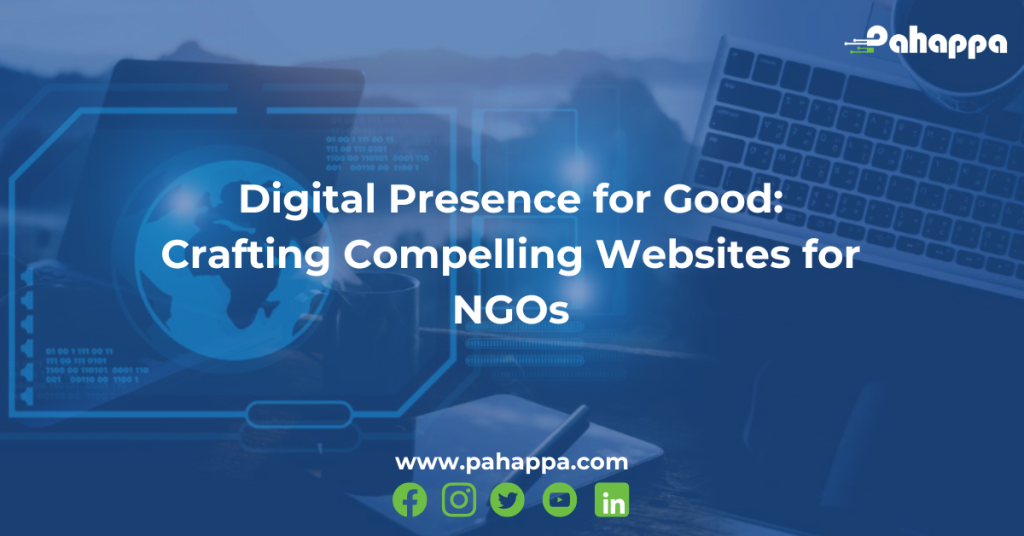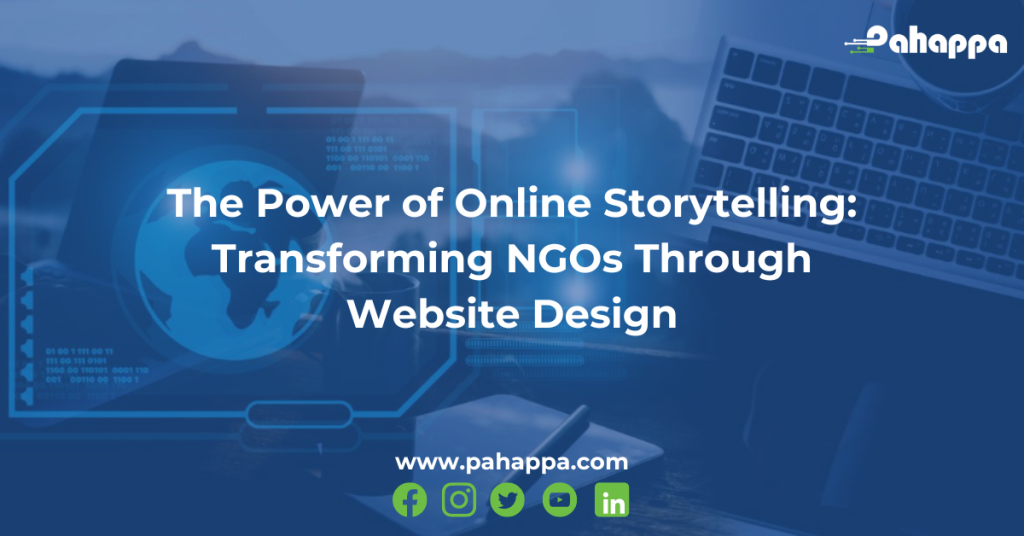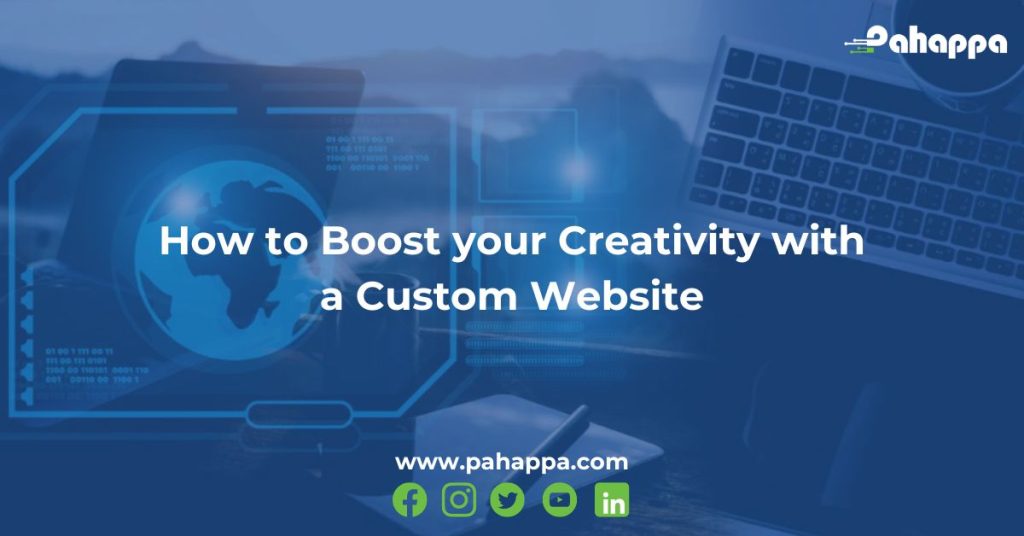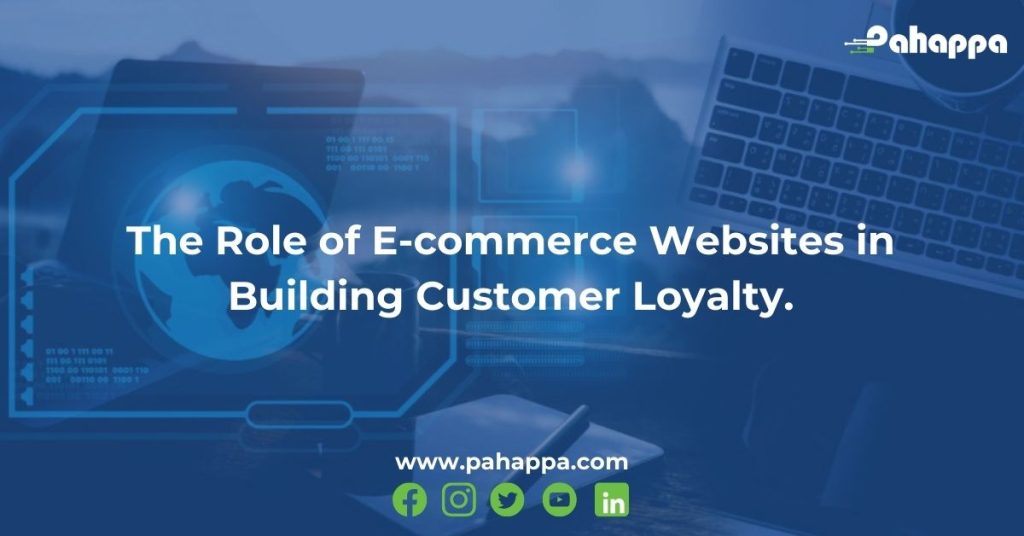It doesn’t matter how great your food, or service is, a poorly developed website can reflect badly on your business thanks to the belief that a restaurant’s website is reflective of the standard of the restaurant itself.
A website is the face of your restaurant’s brand. It creates your potential customers’ first impressions and sets the stage for their expectations. With a perfected menu and customer service, it’s time to complement it with an appealing website.
Key features for a restaurant and beverage website
- Contact information
- Images of your food
- Online ordering or reservation
- Catering and reservation information
- A theme that corresponds to your style
- Link to your social media channels
- Images of your restaurant’s interior and exterior
Contact Information
For restaurant websites, the common reason someone might visit your site is to see your location, hours, or phone number to make a reservation or an order.
In addition to a contact page, your restaurant’s address, telephone number, and hours should be visible on all pages without constraining the visitor. This makes it easy for website visitors to transform into real visitors to your physical restaurant. To aid this even better, link your restaurant’s physical address to Google Maps to offer directions regardless of where they are.
Likewise, a clickable telephone number that may be auto-dialled for mobile website visitors is additionally a good idea.
Images of Your Food
Never underestimate the ability of great pictures but unfortunately, people can’t taste images. Having images of your food on your website is vital to allow consumers a glimpse of what you’ve got to supply.
However, poor quality or unappetizing images can have an alternative effect. Be honest with the portions shown in your photos, otherwise, potential customers may be upset if they receive a smaller plate than what they expected based on the images on your websites.
Showcase how tasty your restaurant’s food is with high-resolution, well-staged images. It is not necessary to have images of each item on the menu, but the more the better. Investing in high-quality photos from knowledgeable photographers could be a worthwhile venture.
You can even put images of the food directly on the menu so people can see a corresponding image once they select a dish.
Even if you don’t want images of the food on your physical menus, you’ll want to think about adding them to your online menu. Adding photos to the menu shows your willingness to go an extra step further. A very tasty-looking dish can convince a double-minded person to make an order there and then.
Online Ordering or Reservation
The ease of online ordering is incredibly tempting to consumers, especially over placing orders on the phone even when you don’t have a delivery service. However, mobile options for reservations or placing catering orders are often extremely beneficial to your business.
Catering and Reservation Information
Be sure to include information on a separate page of your website that details if you offer catering options or allow your restaurant to be rented out for parties, weddings or corporate events.
These are huge opportunities for your business so that your visitors are fully aware of them otherwise, they could go somewhere else.
A Theme That Corresponds to Your Style
As a restaurant owner, you understand the significance of atmosphere. Consider your website as an extension of your physical space. Does your website create a virtual version of the identical atmosphere your restaurant provides?
Consistency is key. If you run an expensive restaurant that caters to wealthier customers, choose a simple design with plenty of white space. If it is targeted toward families, add some fanciful features.
Since your website is usually the primary thing people see before choosing to go to it. Ensure to meet their expectation when they choose your service over the competition.
You can even match the colour scheme of your website to the decor of your restaurant. Use your website to evoke the sort of experience you hope your restaurant creates for its visitors.
You want to draw in the correct types of customers and build proper expectations. A cheaply designed website with many conversational texts may instead draw the attention of fast-food lovers while a sleek modern design could attract more high-brow consumers.
Link to Your Social Media Channels
Restaurant websites are great for cross-promoting your social media and review site profiles. You can stick links within the footer or header of your website, or on a singular page dedicated specifically to outside links.
However, as a good practice, don’t forget to link your social media platforms back to your website as well. It is a good idea to open links in new tabs so that your visitors don’t exit your website completely.
Images of Your Restaurant’s Interior and Exterior
Restaurant websites need to include images of the restaurant itself so that customers don’t get lost while trying to find it.
These images help set the scene for future customers so that they know what to expect after they step foot in your restaurant.
Conclusion
When designing a website, you should consider why people might be visiting your website in the first place. A quality website can make all the difference between a new customer and a missed opportunity and you want to be sure your website is the number one go-to avenue for customers who may be looking for where to get a delicious hassle-free meal.
Always ensure that you highlight your menu and avoid asking users to download the menu in a PDF format, list them instead. Be sure to follow good website design principles too. Just like any website, your restaurant website needs to have an ‘About Us’ page where you can tell your story. Let your customers know if you use locally sourced ingredients or otherwise. A picture is worth 1,000 words but a short-curated video is worth more than that. Add videos that contain reviews from your customers or showcase your spicy foods or the cleanliness of your cooking environment. It is a good idea too to work with food bloggers or influencers.
It may not be necessary to include an event calendar for all restaurant websites but if you have frequent events, it’s worth highlighting them on the website. If you choose to go this route, then it is equally important to update the calendar regularly because there is nothing more frustrating than clicking on a calendar only to find it has not been updated for a long period.
There are other factors to consider while designing a website and the goal of this article is to highlight key areas to focus on while incorporating an online presence into your restaurant. To help you get started, you can get in touch with us or request a quote. At Pahappa, we have a team of dedicated staff to help you all the way.


